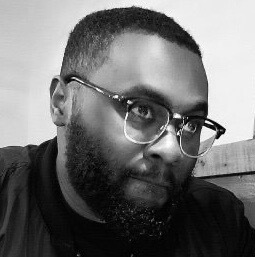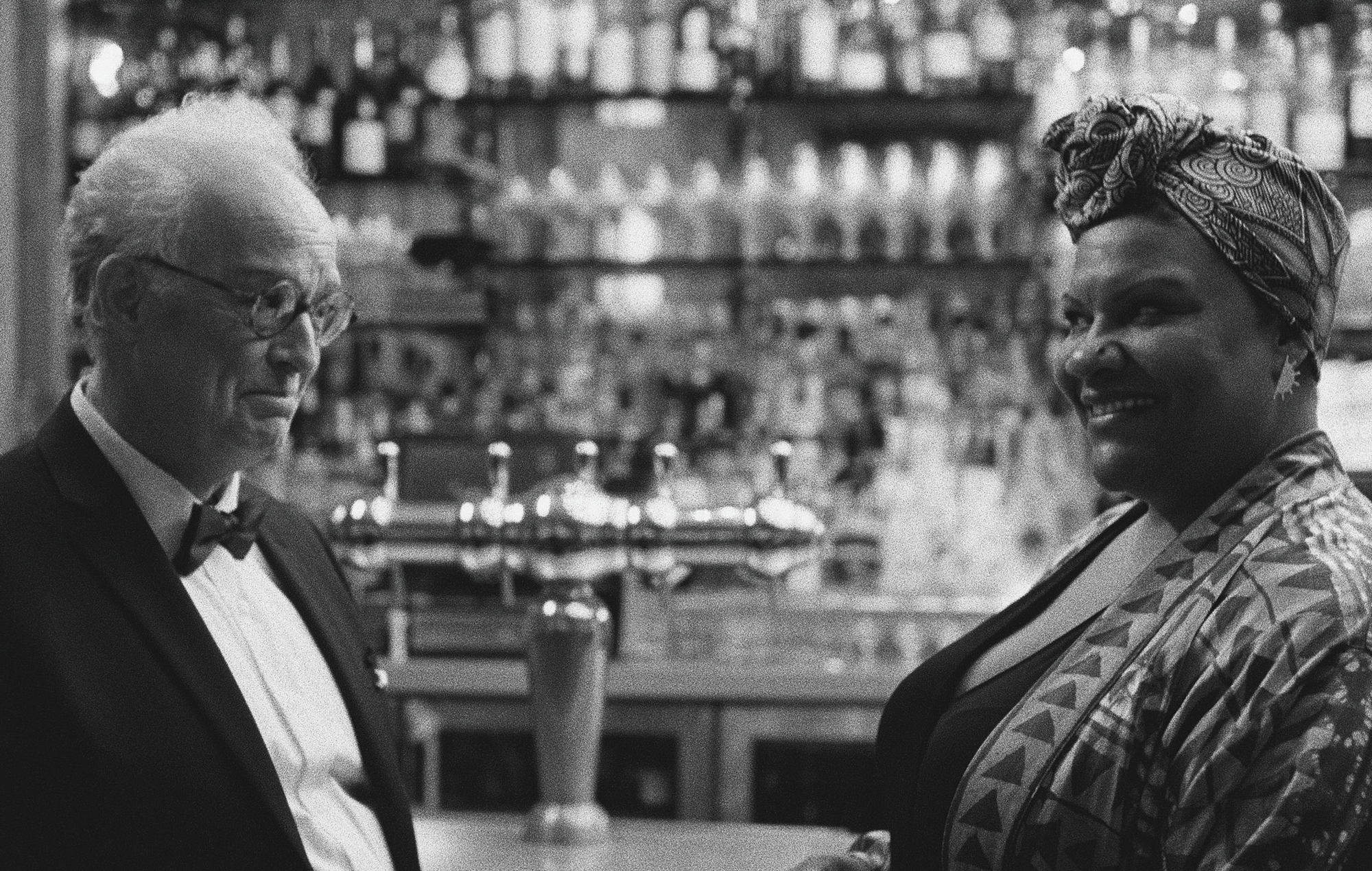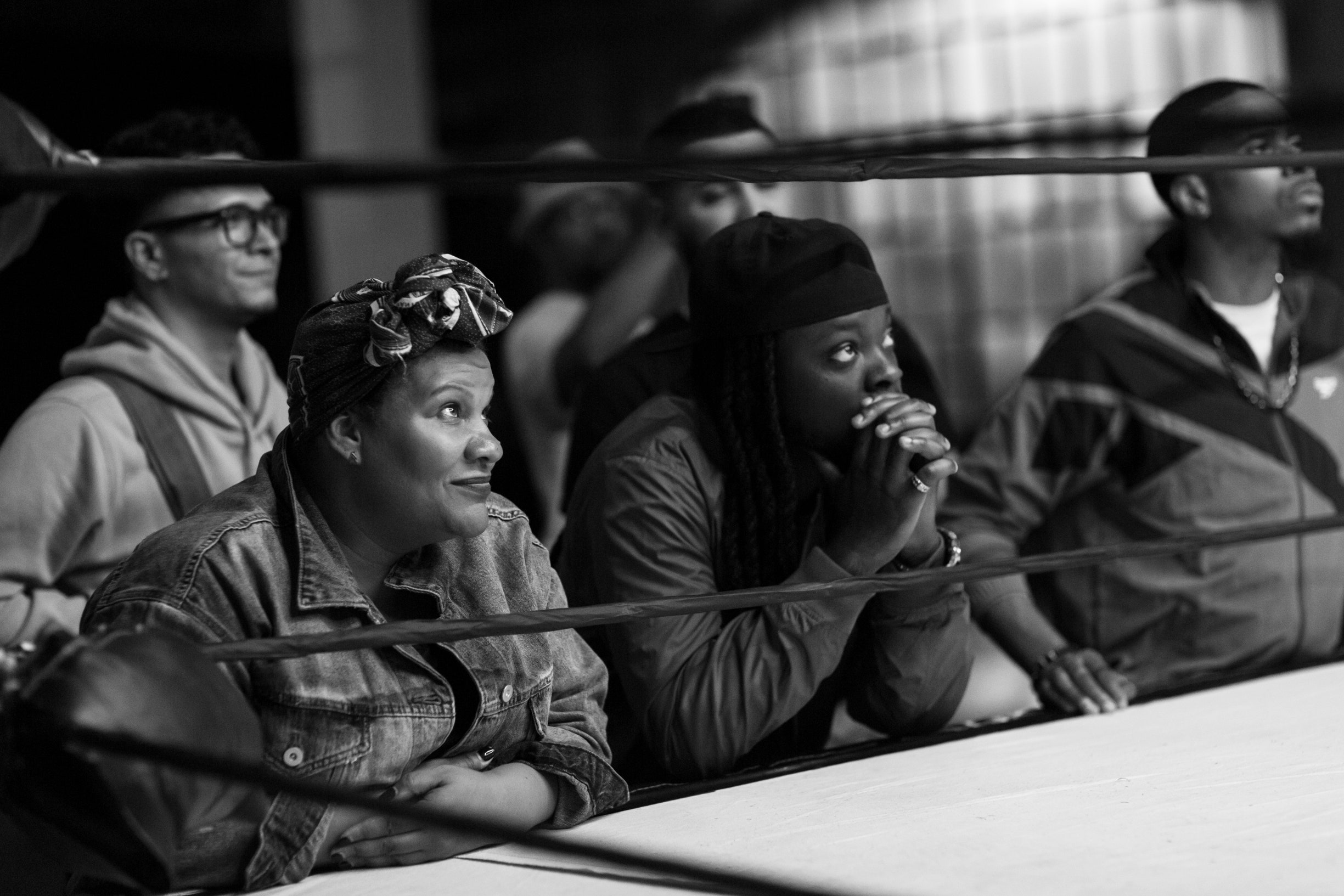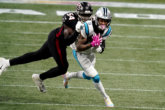 By Jamel Smith
By Jamel Smith
October 14, 2020
There is not enough art that gives proper representation to the aging woman, let alone the aging Black woman. Historically, Hollywood has wielded its problematic relationship with race, misogyny, and ageism to ignore this niche of humanity on film, often reducing otherwise complicated beings to mere supporting maternal roles.
In stark contrast, the perspective of the “aging male”– the equally tumultuous and comical journey through which men trek to reach some kind of resolution with their age– is a common sale in Tinseltown. These plots are typically pitched with “mid-life crisis” arcs, where a white middle-aged man undergoes an age-induced mental breakdown, inspiring a series of “out-of-character” urges (stereotypically captured through leather jackets, Harley motorcycles, and obvious toupées), as well as life-defining quests for purpose and emancipation.

While that specific plot point has garnered success for white, male actors and storytellers, Hollywood’s recent calls for “diversity and inclusion” (namely April Reign’s infamous campaign, #OscarsSoWhite) demand a question of equality: What does an on-screen mid-life existential crisis look like for a non-white, female character? This is what The 40-Year-Old Version (a titular pun on Judd Apatow’s “coming-of-middle-age” directorial debut, The 40-Year-Old Virgin) accomplishes through the lens and pen of its writer, director, and star, Radha Blank.
Captured in a semi-autobiographical film, (Netflix) uses Blank’s life as a muse to create new possibilities for how a Black woman is allowed to process and manage an existential crisis in her 40s. Over the film’s two-hour length, Radha’s (the character’s name is also Radha) arc gains color as we intimately experience her journey as an artist. This undertone steers the story as it shows how emotions often impact creative processes and aspirations.

With a directorial style reminiscent of Spike Lee, Blank (and cinematographer Eric Blanco) employs Lee’s signature “grainy, black-and-white, 35-millimeter film” aesthetic to paint Harlem in a way similar to Lee’s version of Brooklyn in his 1986 debut, She’s Gotta Have It. This cinematic choice is not done out of tribute or pastiche but rather it’s used to humanize and romanticize the city and its characters. Within the film’s first frames, it is clear that Blank and Blanco accomplish their mission. The 40-Year-Old Version is indeed a romantic love letter to Harlem, its soulful people, and its persevering story.
Radha (the character) is a playwright who mirrors this love affair in her latest opus, Harlem Ave, a drama about a Black couple attempting to navigate the gentrification of their beloved Harlem. With a synopsis assigned as “too basic” and “underdeveloped” by the preening producer Josh Whitman (Reed Birney), Radha’s dreams of Broadway begin to fade with each edit request: Whitman urges Radha to lean into the stereotypical “darkness” of Harlem, decenter her Black characters for a white lead, and forego her “bucket-list” director for a more pretentious, apolitical choice.

As a Harlem born and raised screenwriter herself, Blank exhumes her real life experiences to speak on the soul-wrenching process of sensationalizing Black art via racial stereotypes and historical inaccuracies in the name of mainstream success. The film’s protagonist calls it “poverty porn” and even makes a fire rap about it.
Ultimately overwhelmed by creative frustration and personal grief, Radha finds solace in her teenage obsession: freestyle rapping. In a relatively constructive crisis, she emancipates herself through the more liberating creative space of hip hop. Likened to Issa Rae’s Insecure, rap is employed as Rahda’s conscience as she also attempts to navigate her own artistic “gentrification.” What results is a rap alter ego and a creative reawakening that sustains her through the remainder of the film.
Rap and its culture plays an instrumental role in The 40-Year-Old Version. How could it not? With cameo appearances from real life New York rap giants (Styles P and Sadat X) and “Queen of the Ring” battle rappers (Shooney Da Rapper, Ms.Fit, Miss Undastood, and Norma Bayts), the film further legitimizes rap as a venerable and equally formidable art form as theatre. Furthermore, with an unprecedented number of femcees present in the film, Blank acknowledges the presence of women in hip hop in a way that we have not yet seen in mainstream media.

This is what Blank’s heartening debut does in totality: disengages from American cinema’s antiquated expectations and offers a new story about Black people, specifically Black women. Furthermore, it engages with the idea that Black people should control their narratives.
The 40-Year-Old Version is no “poverty porn.” It is light-hearted, charming, and gorgeous– equally worthy descriptors as “strong,” “withstanding,” and “resilient.” This refreshing version of Black womanhood won Blank her first Sundance award for directing at this year’s Sundance Film Festival. Grounded by phenomenal performances from Blank and her cast of actors, this “coming-of-middle age” story will leave audiences– especially those who identify as Black women– hopeful that their best version is on the road ahead.
Radha Blank’s The 40-Year-Old Version is now out on Netflix.
Read next:


